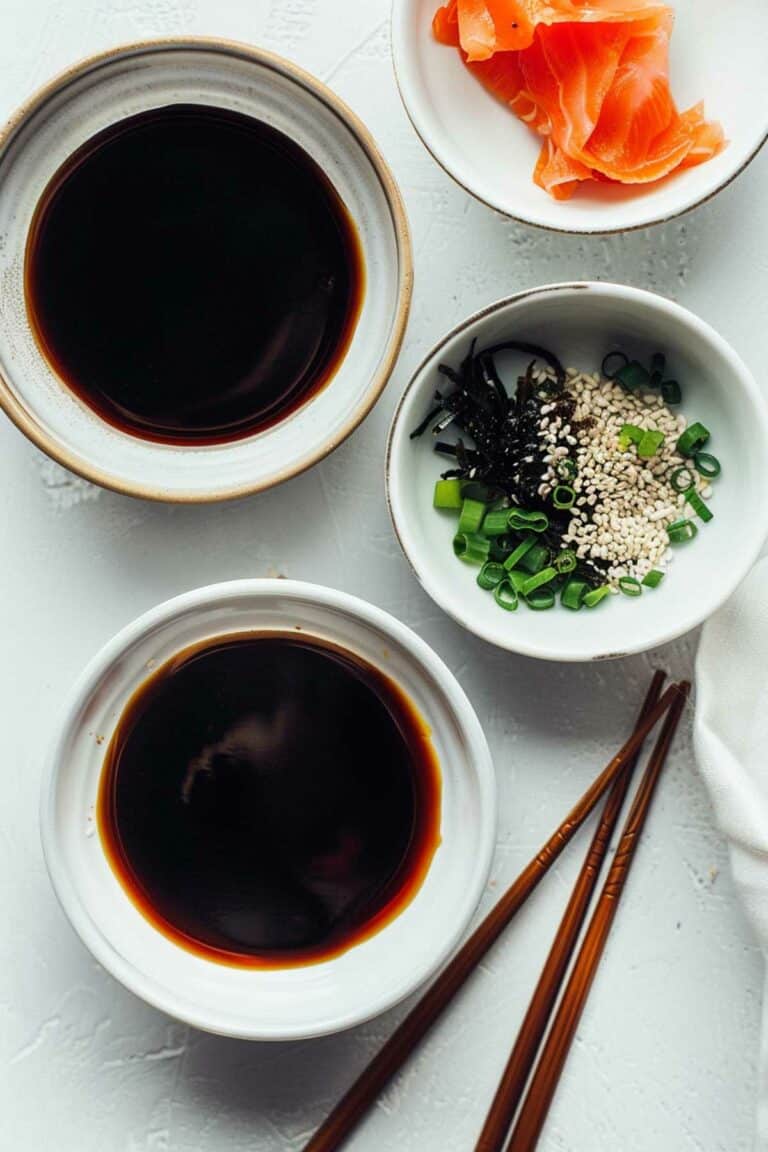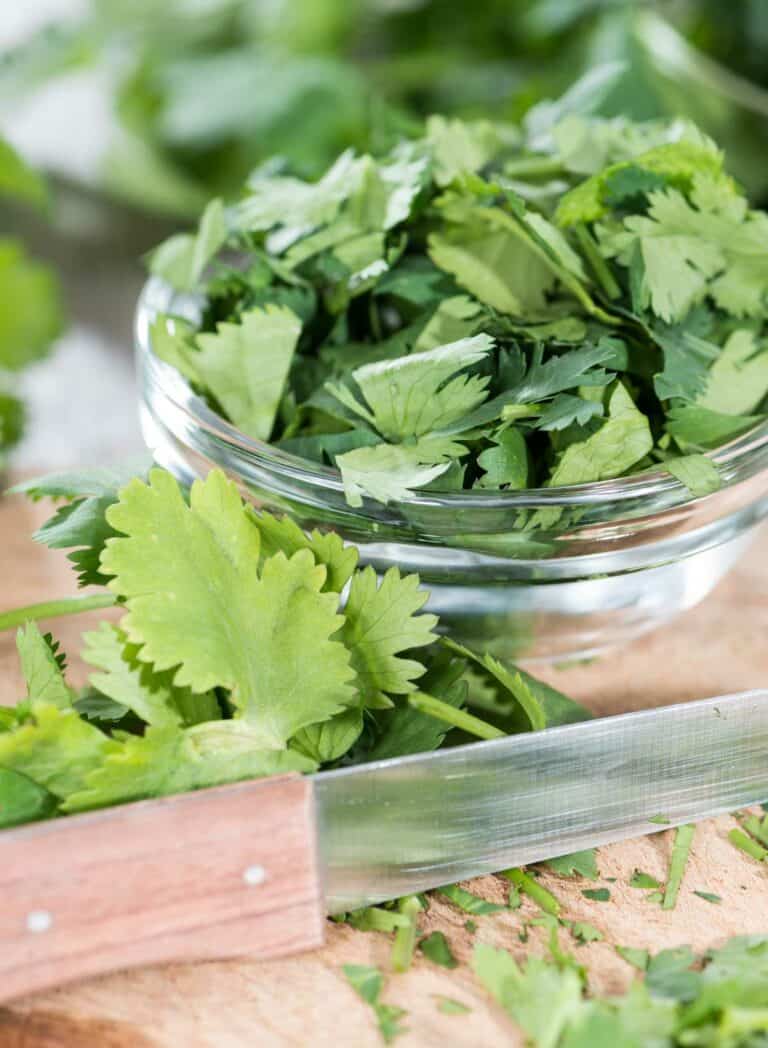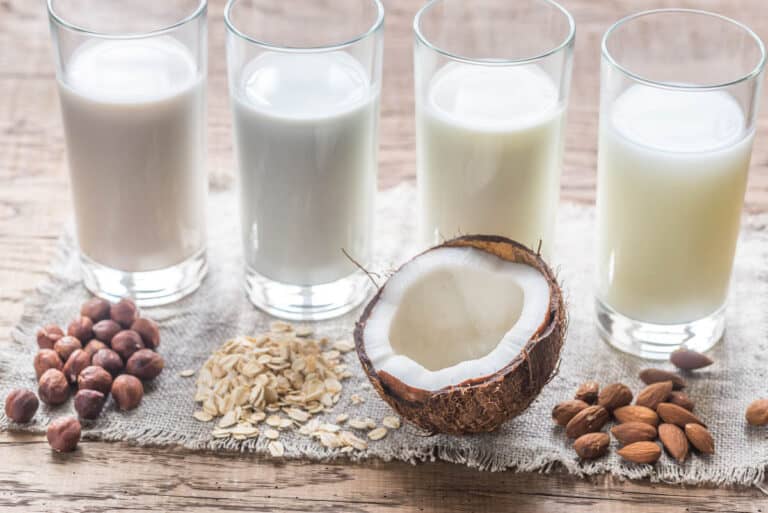Fresh Picks: A Guide to the Many Types of Tomatoes
There are many different types of tomatoes, each boasting unique flavors and textures. Whether crafting a marinara sauce or seeking the perfect salad topper, understanding the different types of tomatoes and their uses can take your cooking to new heights.
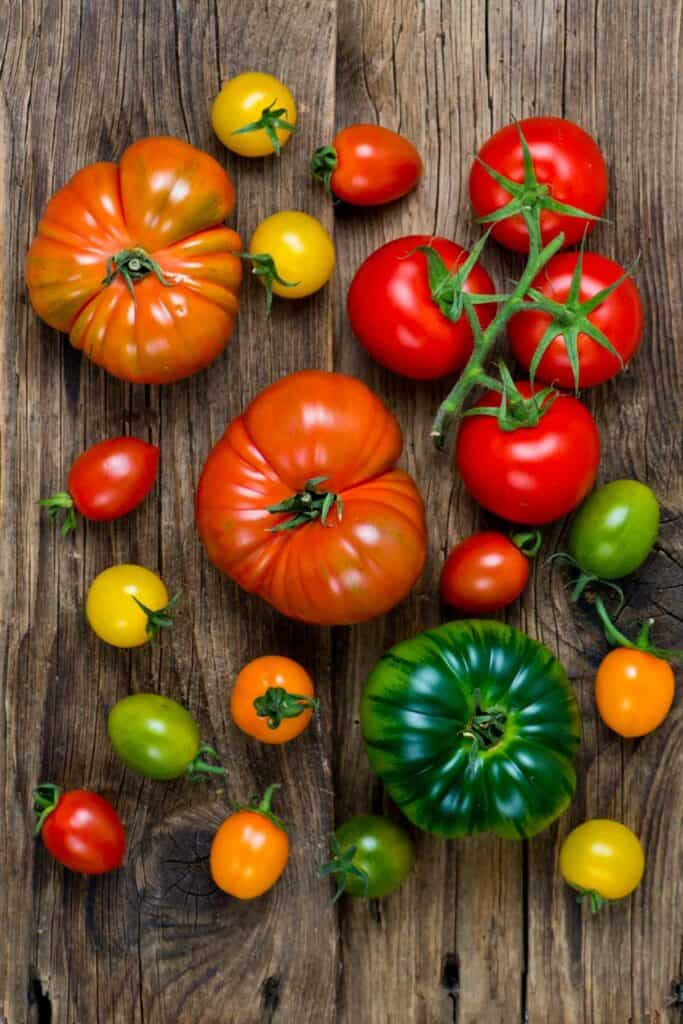
Every tomato has its best uses, from the meaty and dense beefsteak to the sweet and snackable cherry tomatoes. You can achieve the perfect balance of sweetness, acidity, and texture by picking the best type of tomato for your recipe.
Essential Types of Tomatoes
There are over 10,000 known varieties of tomatoes worldwide. But the ones found in most grocery stores fall into eight broad categories.
Globe Tomatoes
Globe tomatoes are the all-purpose tomatoes most often seen at supermarkets. They work well for many uses, from slicing to cooking into sauces. Most globe tomatoes are round and medium-sized, typically 3 to 4 inches in diameter.
The firm, juicy flesh and mild sweet-tart flavor of globe tomatoes make them highly versatile for cooking. Since these types of tomatoes hold their shape well when cooked, they are ideal for stuffing with meat, cheese, or vegetable fillings. Their mild flavor also allows other ingredients like garlic, herbs, and spices to shine through.
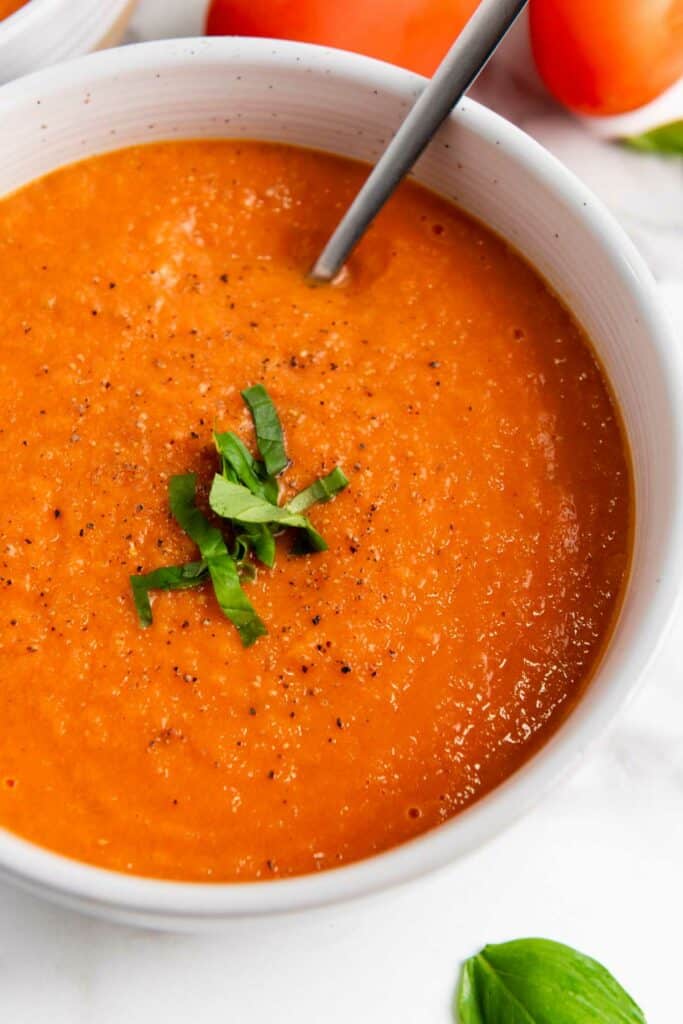
Their versatility and universally appealing flavor make them a good, basic choice for any recipe calling for tomatoes. Beefsteak tomatoes are extra large and meaty globe tomatoes, ideal for slicing and adding to chickpea burgers or sandwiches.
Plum Tomatoes
Plum tomatoes are small, oblong-shaped tomatoes with meaty flesh and relatively few seeds. Their thick walls and lower moisture content mean they have a firmer texture and more concentrated flavor than typical globe tomatoes.
The lower water content and mild, sweet flavor make them perfect for making sauces and tomato pastes. You can also dry plum tomatoes into sun-dried tomatoes, intensifying their flavor. Popular varieties of plum tomatoes include San Marzano and Roma.
“I love cooking with plum tomatoes. Homegrown San Marzanos from my garden is my first choice, with Roma tomatoes coming in a close second. They are meaty tomatoes that make thick, rich sauces. I use them in my homemade tomato basil bisque, spaghetti sauce, and chili.”
— Renee N Gardner, Renee Nicole’s Kitchen

Cherry Tomatoes
Cherry tomatoes are small, round tomatoes with a high sugar content. They often burst with flavor, releasing their sweet, tangy juices when bitten into. Their size and sweetness make them perfect for snacking on raw or adding whole to salads.
Cherry tomatoes are also excellent for roasting or grilling since their high surface area allows their sweetness to caramelize and concentrate. Their small, uniform size makes them easy to incorporate into recipes without peeling or dicing.
Grape Tomatoes
Grape tomatoes have an oblong shape and are even smaller than cherry tomatoes. They are not as sweet as cherry tomatoes but sweeter than globe tomatoes. This makes them excellent for eating raw or incorporating whole into dishes.
Adding grape tomatoes to salads provides juicy tomato flavor in each bite. The small size also makes them suitable for appetizers or for skewering a mix of different colored grape tomatoes as a garnish.
Cocktail Tomatoes
Slightly larger than cherry tomatoes, cocktail tomatoes are known for their juicy and somewhat tangy profile, excellent for fresh salsas and salads. They have a good balance between sweetness and acidity.
Cocktail tomatoes come in various colors, including red, yellow, orange, green, purple, and black. Served whole with dips, cheeses, and dressings, they hold their shape well when roasted or grilled.
Heirloom Tomatoes
Heirloom tomatoes, cultivated for generations, boast unique, old-fashioned qualities and are celebrated for their superior taste and nutrition. These time-honored varieties, including popular ones like Brandywine, Cherokee Purple, and Green Zebra, offer a wide variety of shapes, colors, sizes, and flavors.
The flavor of heirlooms tends to be more intense and complex than typical grocery store tomatoes. This makes heirlooms perfect for highlighting in raw preparations where their flavors and colors can shine.
Simply slicing heirlooms and enjoying them with olive oil, salt, and pepper allows you to appreciate their one-of-a-kind taste. These tomatoes aren’t as well suited to large-scale production and shipping as more modern types of tomatoes. So they are mainly available when they are in season and grown locally.

“My favorite tomatoes to use for salads are heirloom tomatoes. I find their taste to be more interesting and overall superior to conventional tomatoes. They come in a variety of beautiful colors and patterns, like the Mr. Stripey variety, which is a stunning combination of red and yellow.”
— Gen La Rocca, Two Cloves Kitchen
Green Tomatoes
Green tomatoes are unripe tomatoes harvested before they turn red. Early harvesting gives them a tart, acidic flavor that lends itself well to cooking. Fried green tomatoes are a classic Southern dish where the firm green slices are dredged in cornmeal and fried until crispy.
The tartness of the green tomato balances the richness of the fried coating. While green tomatoes are not suitable for eating raw, cooking transforms their tartness into a delicious flavor that pairs well with many ingredients.
On the Vine
Tomatoes on the vine refer to a harvesting and packaging method where clusters of tomatoes are picked while still attached to the plant’s vine, rather than being a specific variety.
Tomatoes on the vine tend to be firmer and juicier because growers pick them closer to full ripeness. These typically include smaller types of tomatoes, such as cherry, grape, cocktail, or some small globe tomatoes.
Selecting Tomatoes for Cooking
The types of tomatoes chosen for cooking will affect the flavor and texture of your dish. The most important factors are the ripeness, acidity, and texture.
Ripeness
Ripe tomatoes are ideal for most recipes since they have the best balance of sweetness and tartness. Slightly under-ripe tomatoes can offer firmer flesh for dishes that require maintaining the tomato’s shape. Green tomatoes are best used for relishes or frying.

Acidity
Tomato varieties vary in acidity, influencing the dish’s final taste. Roma tomatoes, such as San Marzano and Roma, have a lower acidity, making them perfect for a smooth and rich tomato sauce. For a more acidic note, cherry tomatoes or heirloom varieties provide a zesty kick.
Texture
A recipe’s success can hinge on the correct tomato texture. For raw applications like salads, choose tomatoes with a juicy texture, like cherry or grape tomatoes. Meatier tomatoes, such as plum tomatoes, work best for cooking down into sauces, as they produce a thicker sauce.
Best Types of Tomatoes
From the meaty density of plum and beefsteak varieties to the sweet, snackable nature of cherry and grape tomatoes, there is a tomato to suit every cooking need. The versatility of globe tomatoes makes them a staple in kitchens worldwide, while the unique charm of heirloom varieties adds tomato diversity to the plate.
Tomatoes on the vine and cocktail tomatoes add visual appeal and intense flavor to recipes. Understanding the characteristics of each of these types of tomato allows home cooks to choose the best tomato for their recipe. Whether crafting a robust marinara, an air-fried tomato, or a colorful tomato tart, selecting the correct type of tomato is vital.
This article originally appeared on Food Drink Life.




